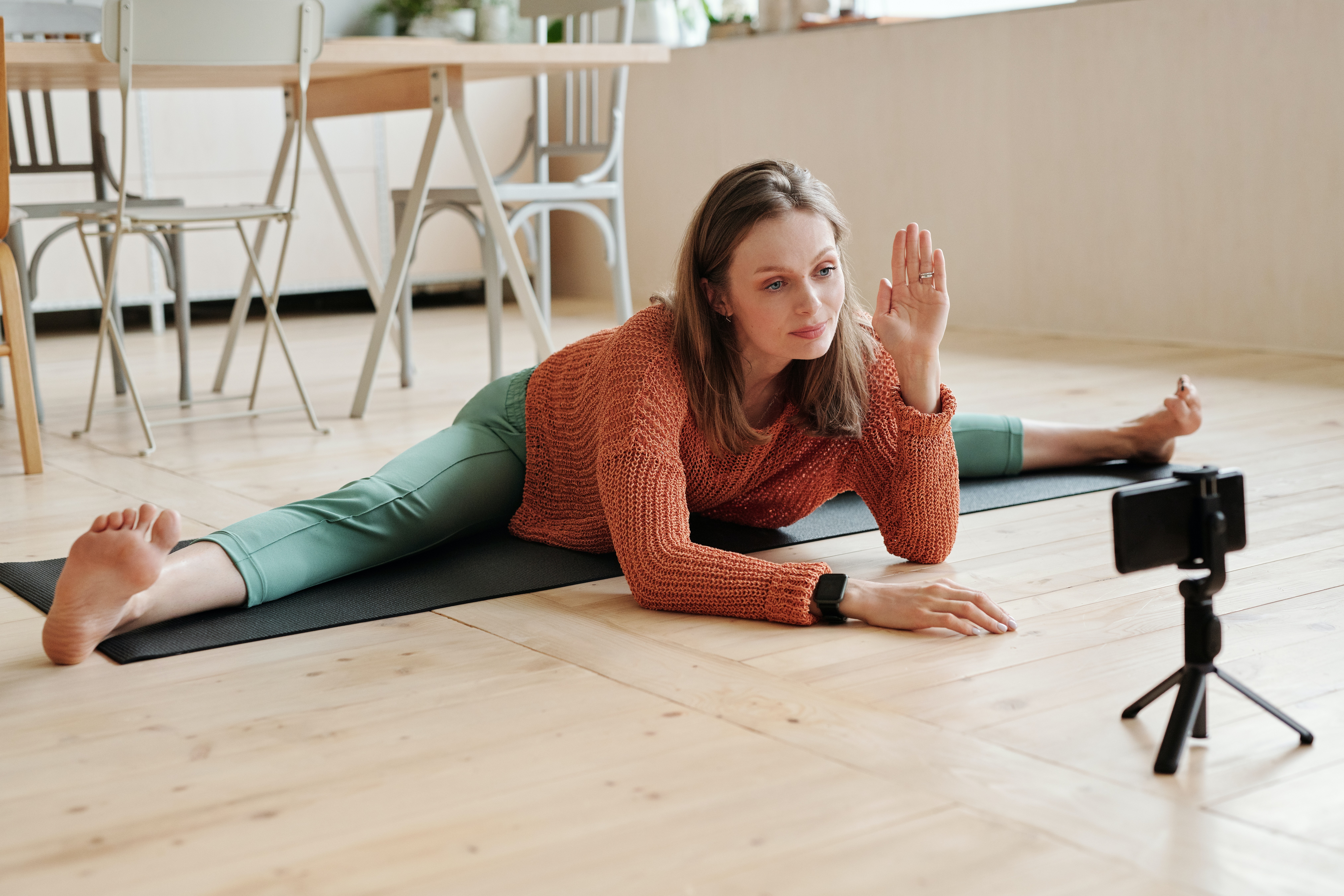Why you should do agility training
You don’t care if you come with your hands to your feet? But it should. Regular flexibility training will help you improve in your sport. Keeping your entire musculoskeletal system healthy over the long term. And look better.
-
To stay healthy
Mobility is one of the basic motor characteristics. These properties are all interrelated. This means that you also need flexibility in order to develop your full potential in strength, speed, and coordination. Only endurance is not directly associated with flexibility.
Even in old age, agility and flexibility contribute to greater freedom of movement and an improvement in general fitness. Stretching exercises for more mobility and gymnastics for seniors are a gentle form of training, with which muscles are stretched and the joints are supplied with the necessary nutrients.
-
To move you more aesthetically
Flexibility training helps to avoid bad posture due to muscular imbalances. Of course, you have to train accordingly in a balanced way. Flexibility training then supports an upright posture and dynamic, light movements. It feels good and just looks better than a stiff gear.
-
To improve your strength training performance
Many exercises require good mobility and coordination. It starts with basic exercises like the squat and ends with complex exercises like the snatch. To do these exercises properly, you need a minimum of the range of motion in your ankles, hamstrings, hips, thoracic spine, and shoulders. Only when you have this flexibility can you become really strong in such exercises.
You don’t have to do yoga 3 times a week to achieve this flexibility. You can improve it with regular 10 minutes of flexibility training for warm-up.
What happens in flexibility training
In colloquial language, there is often talk of shortened muscles. Technically, that’s wrong. Muscles don’t get longer or shorter. Regular flexibility training balances out the stimuli that strength training, stress, and one-sided everyday stress cause.
- The muscle tone is lowered.
- The muscles’ ability to relax improves.
- Tension is reduced.
- Mobility improves.
During strength training, the muscles have to tense up, and the number of titin filaments, which, in simple terms, are responsible for tightening the muscle, increases. Flexibility training does not reduce the titin filaments, but it does ensure that the muscle remains elastic.
Mobility and muscle building – a contradiction?
A clear no. As already explained, many exercises require good flexibility in order to be able to perform them perfectly. Only the perfect execution of the exercise enables you to achieve maximum performance and increase your strength values.
Nevertheless: Too much mobility is not good either. It makes joints unstable and more prone to injury. For example, in an overhead squat, not only do you need to have flexible shoulders but in turn, you need to have enough strength to stabilize them and keep the weight up.
The hip flexor should also be stretched while running, but at the same time, there should be enough core stability to maintain good running technique. Some flexibility exercises, such as a long lunge, require strength to be performed properly.
How can I improve mobility?
The best way to improve your flexibility is to exercise regularly. You can attend yoga or mobility classes, or simply incorporate regular mobilizing exercises and stretching exercises for flexibility into your training and stretch after the workout.
Also, strength and coordination – particularly intramuscular coordination, so fine-tuning of the muscle fibers within a muscle – are part of a good agility training. Means: Do not pull yourself into any fancy stretching positions with force, but slowly go into each position. As much as you have your body under control and the position feels meaningful.
Before you start agility training, ask yourself what your goal is. Why do you want to be more agile? To stay healthy and counteract imbalances? To avoid injuries? To get better at your sport? Or to relax?
When you have answered what is in focus for you, you can tailor your flexibility training specifically to it.
For classic static stretching, where you hold the tension for 30-40 seconds, you should be well warmed up to minimize the risk of injury. Therefore, stretching is best after a light run or workout.
Dynamic stretches or mobility exercises are perfect as a warm-up or a 5-minute break from desk work.
